
Movies have often been drawn to the complex relationship between therapists and their patients. While therapy is a crucial part of healing in real life, films often explore what happens when those professional lines get blurred or ethical rules are broken. These stories can range from suspenseful thrillers with doctors who exploit their patients, to dramas showing the flaws in mental health systems. The natural tension within therapy makes for compelling stories about trust, vulnerability, and how power can be misused. This list showcases twenty-five films where the journey to mental wellness takes a dark and dangerous turn.
‘One Flew Over the Cuckoo’s Nest’ (1975)

Nurse Ratched tightly controls her mental ward, using manipulation to keep patients under her thumb. When Randle McMurphy arrives, he shakes things up, inspiring the other patients to stand up to the staff and challenge the strict, depressing routine. Instead of helping people get better, the therapy sessions are used to embarrass and control them. The film shows how damaging it can be when institutions abuse their power and stifle individuality.
‘The Silence of the Lambs’ (1991)

FBI trainee Clarice Starling turns to the brilliant, but imprisoned, psychiatrist Dr. Hannibal Lecter for help in catching a dangerous serial killer. As they communicate, Lecter subtly analyzes Clarice, drawing out painful memories from her past. Their connection becomes complicated, shifting from a professional investigation to a manipulative game where Lecter exploits Clarice’s weaknesses for his own entertainment. The contrast between his therapeutic skill and his horrific crimes makes him a uniquely frightening and effective adversary.
‘Antichrist’ (2009)

After the heartbreaking loss of their son, a therapist makes the controversial decision to provide therapy for his own wife. He brings her to a secluded cabin hoping she can face her grief, but this choice breaks professional boundaries and sets off a chain of increasingly disturbing events. The film shows how believing you know best – and being unable to separate your personal feelings from a difficult situation – can have devastating consequences.
‘Side Effects’ (2013)
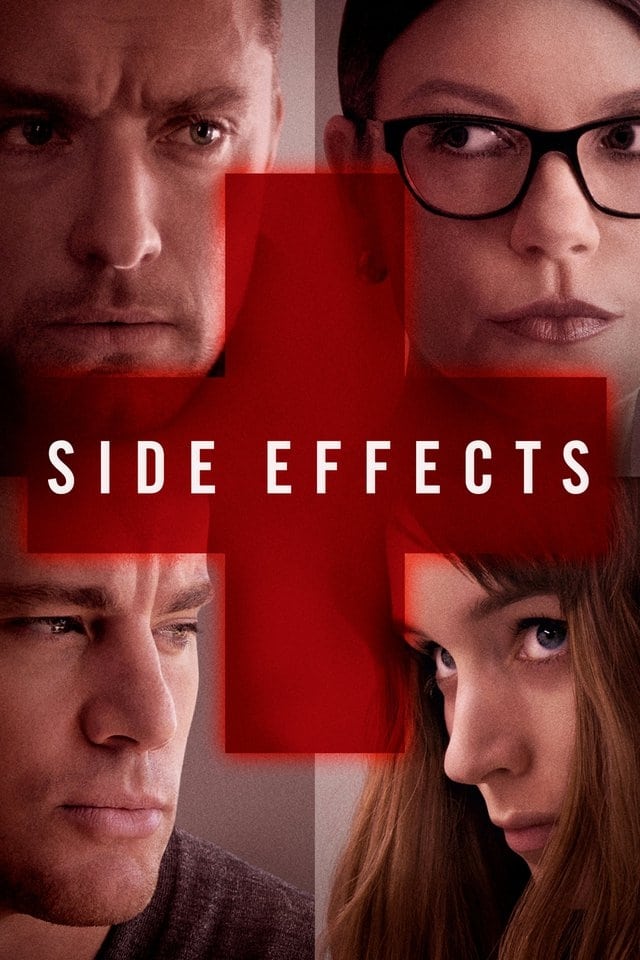
A young woman battling severe depression starts taking a new drug prescribed by her psychiatrist. Soon, she experiences bizarre side effects and commits a shocking act of violence while sleepwalking. The doctor, desperate to protect his career, discovers a conspiracy involving illegal financial dealings and manipulation. This suspenseful story explores the dangerous side of pharmaceutical companies’ power over mental healthcare.
‘The Prince of Tides’ (1991)

Tom Wingo goes to New York to assist a psychiatrist in helping his sister confront painful, hidden memories that have led to suicidal thoughts. During this process, the doctor and Tom begin a romantic relationship, even though he’s essentially a stand-in patient. This is a serious violation of professional boundaries and makes it harder for everyone to heal. The movie portrays this inappropriate relationship in a positive light, but in reality, it would likely cause the doctor to lose their license.
‘A Dangerous Method’ (2011)
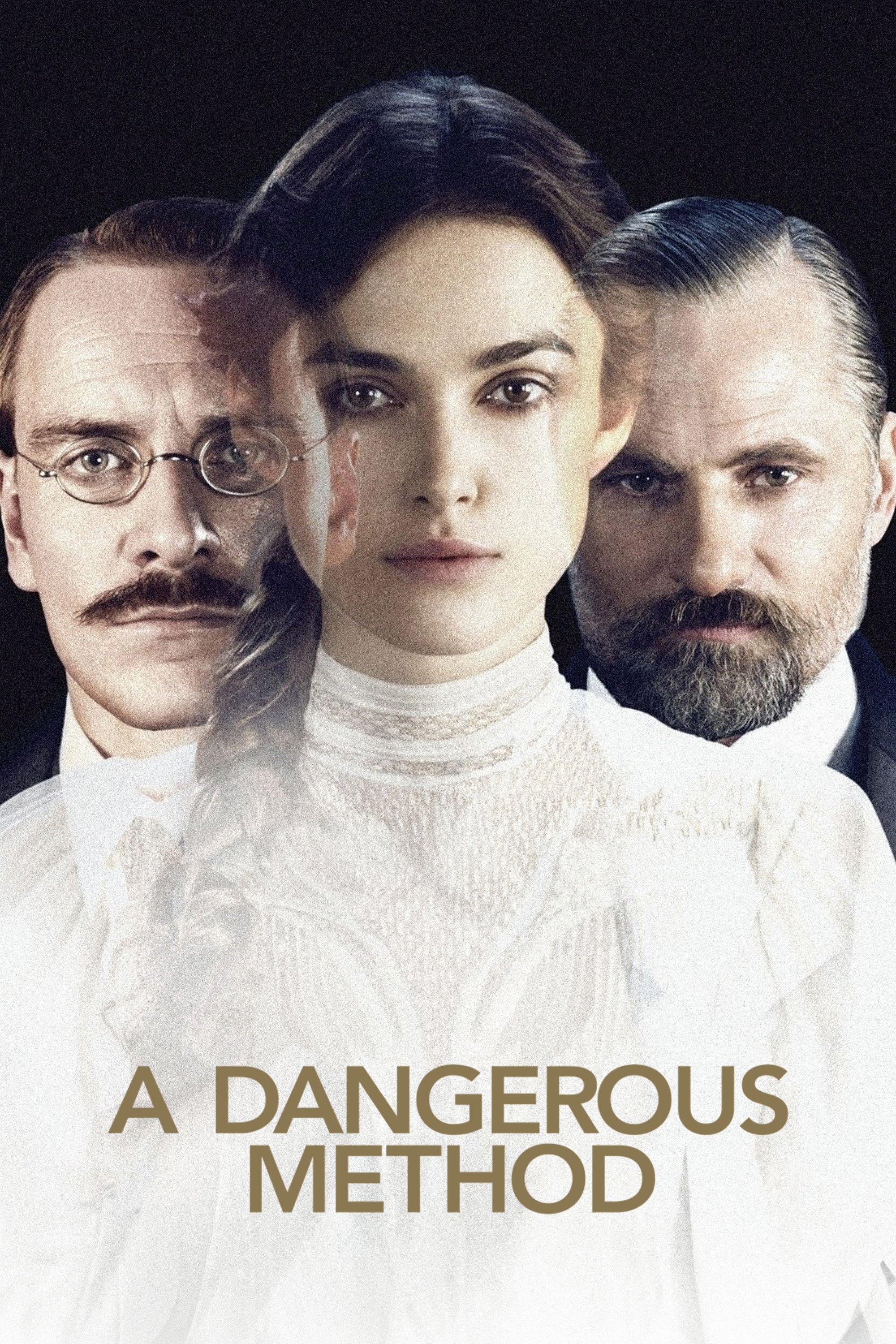
This movie tells the story of Carl Jung and his patient, Sabina Spielrein, and their complicated relationship. Jung uses the therapy methods developed by Sigmund Freud, but he ultimately begins a sexual relationship with Sabina. The film delves into the beginnings of psychoanalysis, highlighting the challenges faced by its pioneers as they grappled with professional boundaries and the dynamics between therapist and patient. It offers a compelling glimpse into how the standards of therapy were developed – and sometimes violated – in its early years.
‘Basic Instinct’ (1992)

Detective Nick Curran finds himself caught up in a dangerous situation involving a captivating crime novelist who also studies psychology. Complicating matters is the police psychiatrist, Beth Garner, who becomes part of a tangled web of deceit and murder. The lines between professional and personal lives blur as affairs and psychological manipulation take over, overshadowing any hope for genuine treatment or justice. The film portrays therapy and psychology not as ways to heal, but as tools for control.
‘Shutter Island’ (2010)

U.S. Marshal Teddy Daniels investigates a patient’s disappearance at a mental hospital, only to uncover unsettling experiments and hidden truths among the staff. He soon realizes the investigation itself is a carefully constructed therapy meant to confront his own fractured reality. The film explores the boundaries of psychiatric treatment and what is truly real.
‘Girl, Interrupted’ (1999)
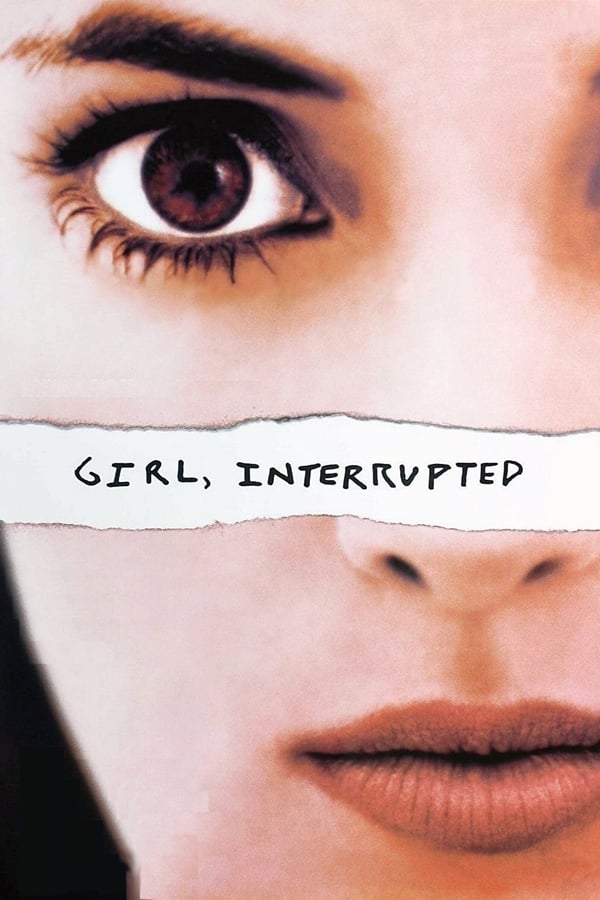
After a suicide attempt, Susanna Kaysen finds herself in a psychiatric hospital where she has to deal with the complex relationships and unspoken rules among the patients. The staff don’t always offer the help she needs, sometimes seeming more interested in control than in actual healing. The story shows how flawed the mental health system was in the 1960s, and how hard it can be to determine what truly means to be sane, as patients and therapists alike struggle within the chaotic environment.
‘What About Bob?’ (1991)

Dr. Leo Marvin, a psychiatrist, desperately needs a vacation, but his most demanding patient, Bob Wiley, won’t leave him alone. Bob quickly wins over Dr. Marvin’s family and completely disregards personal space, driving the doctor to the brink. Eventually, the tables turn, and Dr. Marvin starts to unravel while Bob surprisingly flourishes. This funny movie takes the idea of a therapist’s personal feelings affecting their work and the breaking of professional boundaries to a ridiculous and comical level.
‘Dressed to Kill’ (1980)
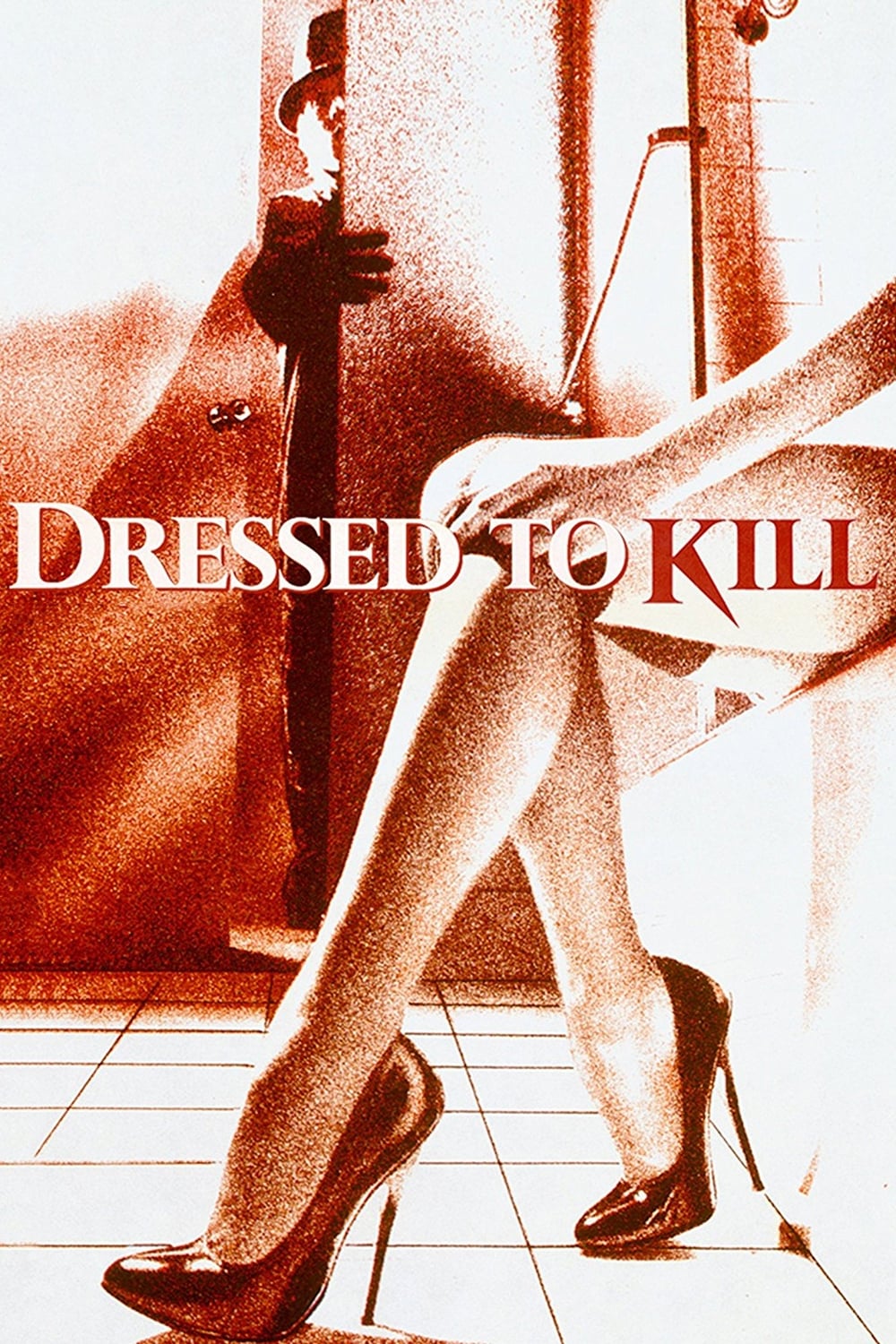
A psychiatrist’s patient is murdered after confiding in him about her unhappiness, and he quickly becomes a suspect. To prove his innocence, he starts his own investigation. The killer is systematically targeting people connected to the doctor, using private information shared during therapy sessions. The movie builds tension by focusing on the sensitive and confidential nature of therapy.
‘Color of Night’ (1994)
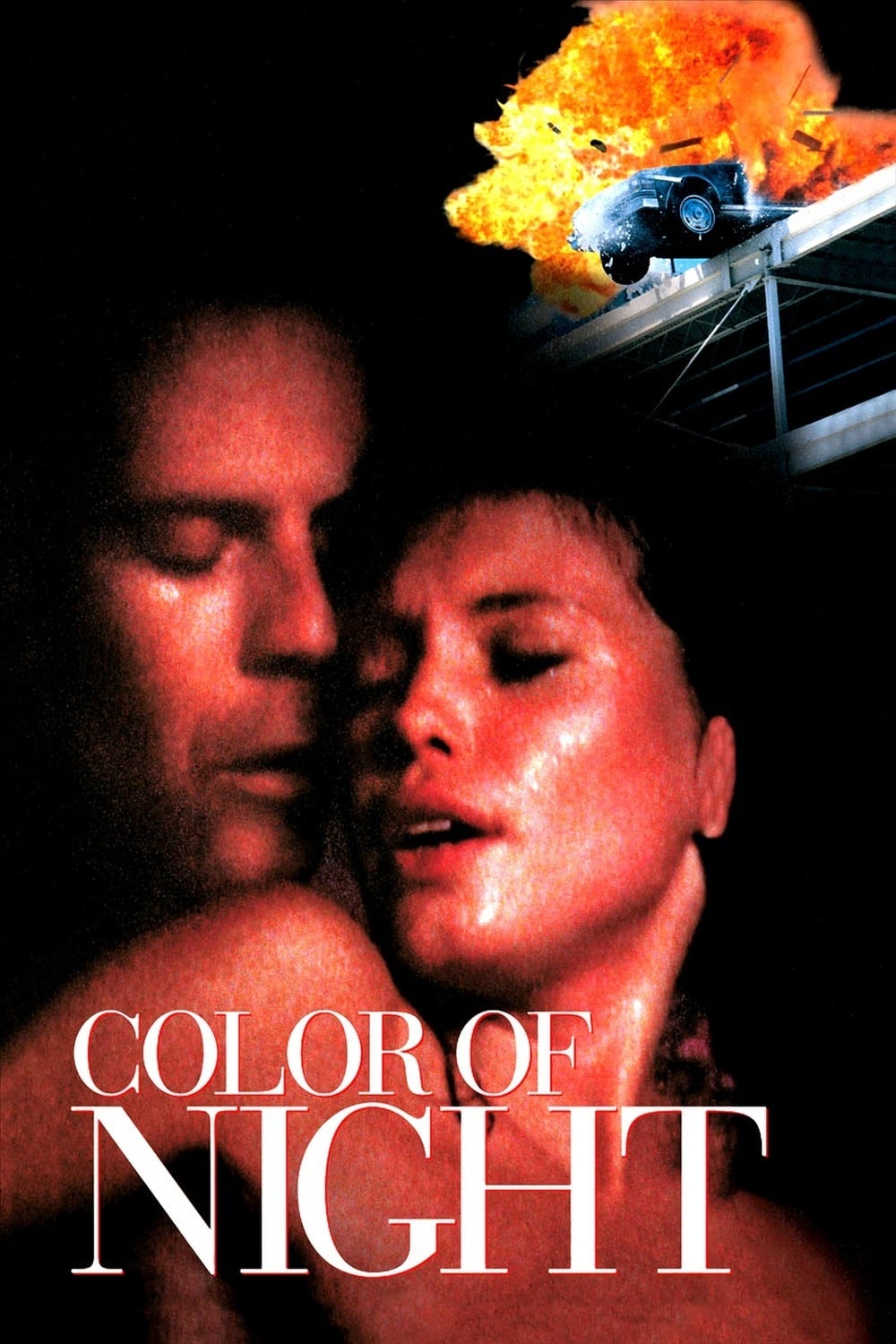
After a psychologist’s colleague is murdered, he steps in to lead a therapy group. He begins a relationship with a secretive woman who could be linked to the killer and other members of the group. As he investigates, he crosses professional boundaries, both by treating his patients and becoming involved with a potential suspect. The therapy sessions themselves are shown in a very dramatic and emotionally charged way, often featuring intense arguments.
‘Don’t Say a Word’ (2001)
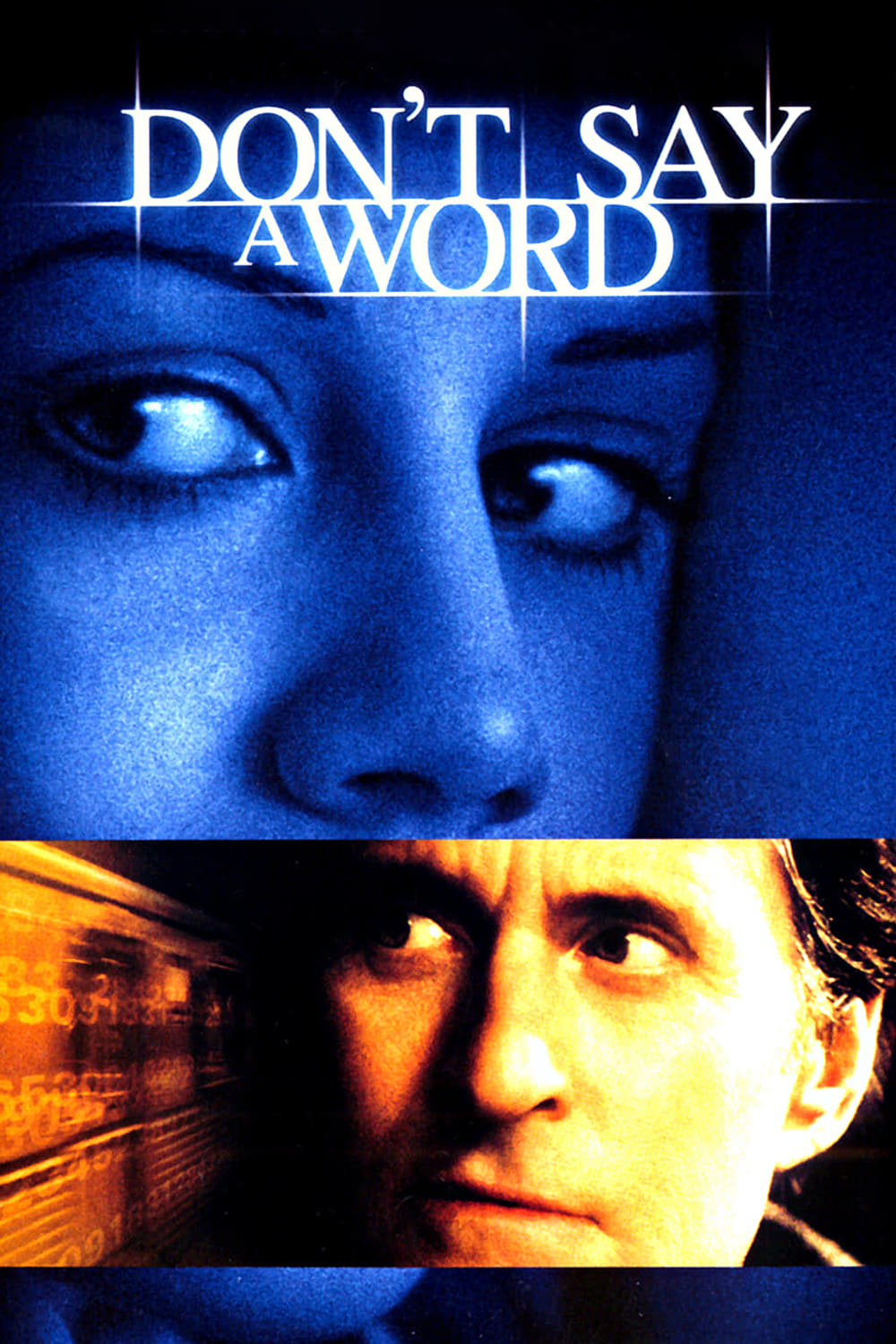
When a psychiatrist’s daughter is kidnapped, he’s forced into a desperate situation: he must unlock a hidden memory within a patient who hasn’t spoken in years. With time running out, the doctor has to use all his skills to reach the traumatized woman, even if it means blurring the lines of ethical therapy. The situation turns treatment into a frantic attempt to save his daughter’s life.
‘Gothika’ (2003)
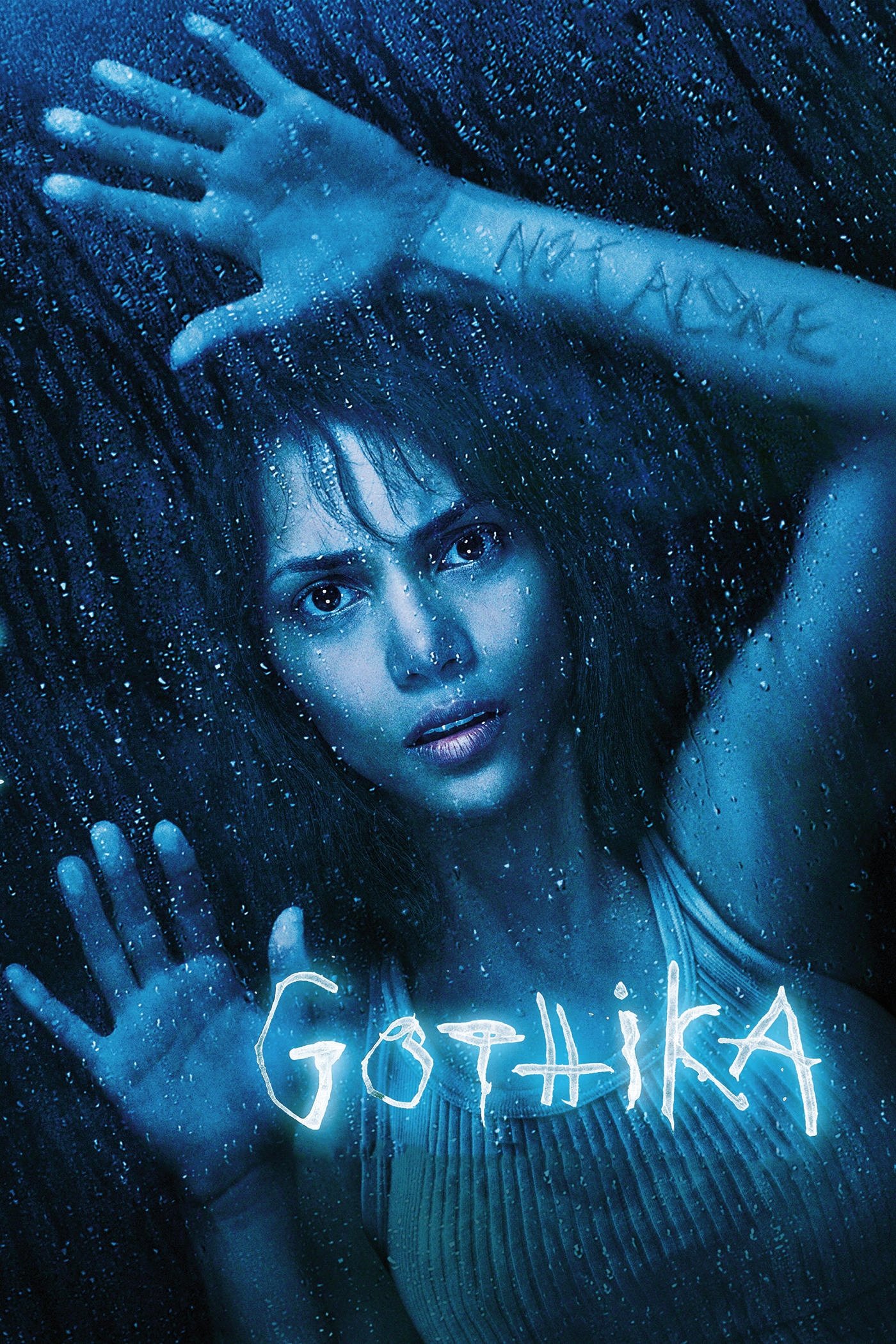
A criminal psychologist finds herself a patient in the prison she used to oversee, with no recollection of the crime she’s accused of. Now, she has to survive the dangerous environment she once controlled and prove her sanity to the colleagues she used to work with. But her doctor doesn’t believe her, and treats her with the same dismissive attitude she once showed to patients. The movie delves into the frightening experience of losing power and becoming the one being analyzed.
‘Mr. Jones’ (1993)
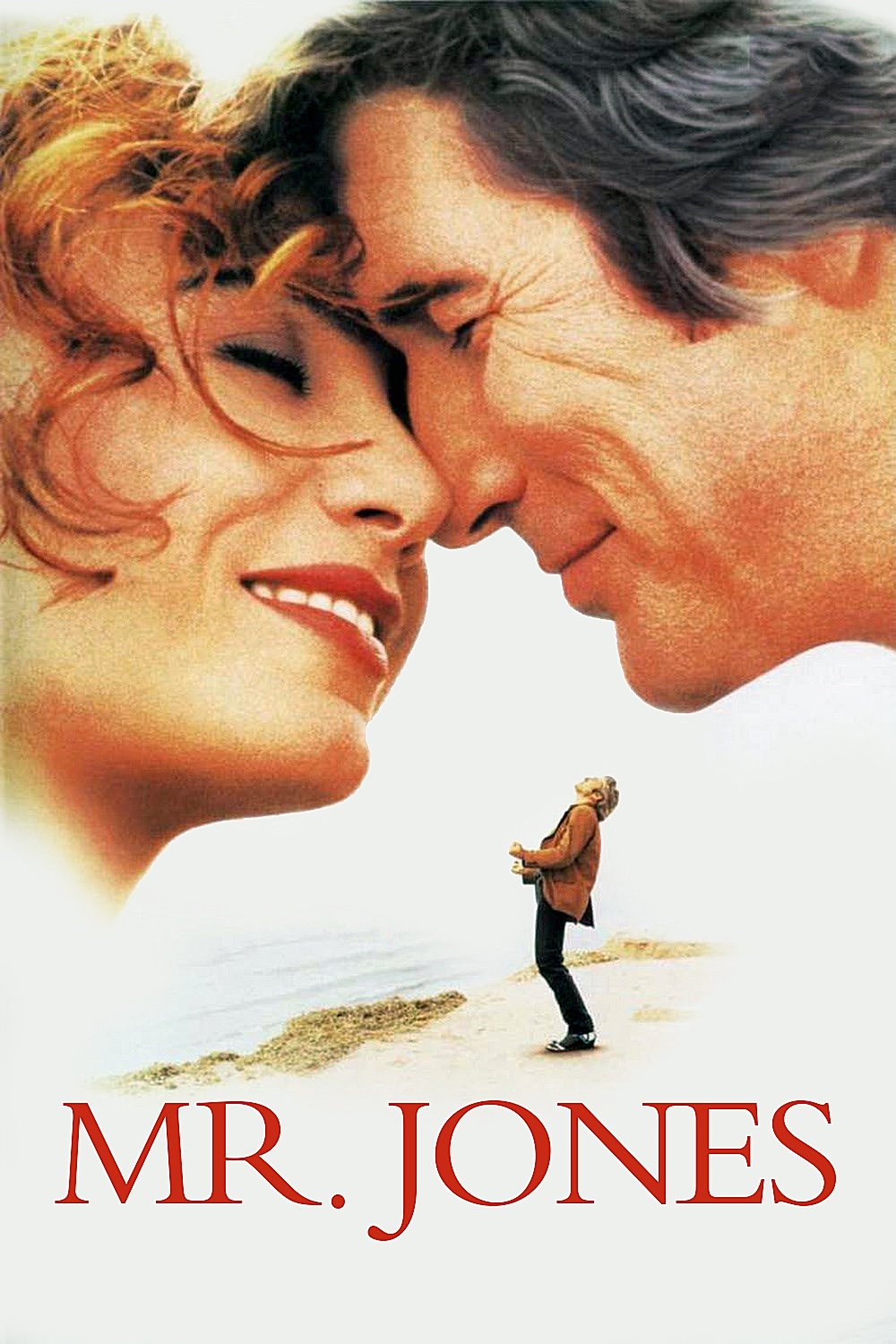
I just saw this film, and while it starts with a really interesting premise – a psychiatrist treating a charming but troubled man with bipolar disorder – it quickly veers off course. The movie tries to tackle the complexities of mental illness, but honestly, it gets bogged down in a really problematic and frankly, unbelievable romance between the doctor and her patient. What really struck me was how it highlighted this dangerous tendency some therapists have to want to ‘fix’ their patients, becoming way too involved and blurring those crucial professional lines. It’s less a thoughtful exploration of mental health and more a cautionary tale about the pitfalls of the ‘savior complex.’
‘Analyze This’ (1999)

A dangerous mob boss secretly struggles with panic attacks and demands treatment from a psychiatrist who’s hesitant to help. The doctor is strong-armed into being on call constantly and unexpectedly finds himself involved in the mob boss’s criminal world. Their therapy sessions take place in absurd locations, like weddings and during dangerous situations. The film is a comedy that shows how impossible it is to provide good therapy when your patient is a powerful and potentially deadly criminal.
‘Spellbound’ (1945)

A therapist falls for the new director of the mental hospital where she works, only to discover he has amnesia and is pretending to be someone he’s not. Putting her job and well-being on the line, she tries to help him remember who he is and clear his name after he’s accused of murder. The movie uses techniques like dream analysis and hypnosis to unravel the mystery, and it’s a compelling story about a therapist who lets her feelings for a patient cloud her professional judgment.
‘Unsane’ (2018)
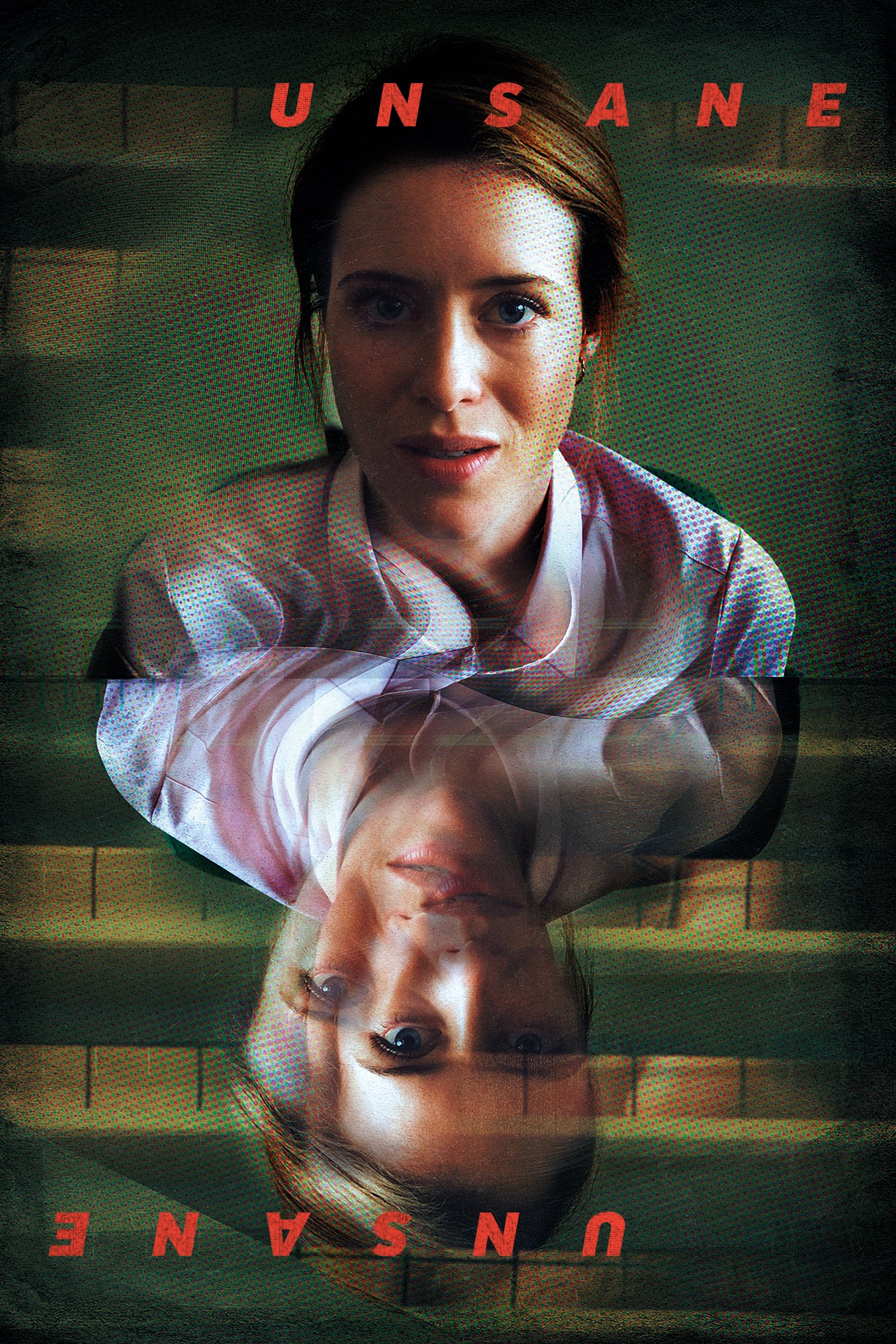
A woman is committed to a mental health facility after unknowingly signing a form, and believes she’s been targeted by her stalker, who she thinks is posing as a staff member. The doctors and nurses dismiss her concerns and use her resulting panic as proof she’s mentally ill. The movie is a chilling examination of how profit motives can lead to abuse within the mental healthcare system and the dangers of forced institutionalization.
‘Split’ (2016)

Dr. Karen Fletcher is treating a man with 23 different personalities, a condition known as dissociative identity disorder. She’s convinced his beliefs can physically change him, but she doesn’t see the danger of a twenty-fourth personality developing. Her intense interest in his case prevents her from recognizing the immediate threat he presents to others. The movie shows the deadly results of a therapist failing to understand how unstable a complicated patient can be.
‘Stonehearst Asylum’ (2014)

A newly qualified doctor begins his training at a mental hospital, only to find the patients are now in charge. While the patients run the asylum with surprising kindness, albeit with a lot of disorder, the doctors who are being held captive have troubling secrets of their own. The film cleverly reverses the usual roles between doctors and patients, making you wonder who is actually sane.
‘Joker’ (2019)

Arthur Fleck regularly attends therapy sessions ordered by the court, but these sessions are poorly funded and lack personal attention. His social worker, already overwhelmed, eventually has to tell him that his medication will no longer be covered due to budget cuts. This loss of mental health support is a key factor in his turn towards violence and instability, and the story highlights the serious consequences when society doesn’t adequately care for those with mental health needs.
‘A Clockwork Orange’ (1971)

Alex DeLarge receives an experimental treatment called the Ludovico technique, intended to stop his violent behavior. This involves forcing him to watch violent films while being made extremely nauseous. While it seemingly ‘cures’ him, it also removes his ability to choose for himself and leaves him vulnerable. The film powerfully criticizes the idea of using psychological manipulation to force people to conform to societal norms.
‘Eternal Sunshine of the Spotless Mind’ (2004)

A company claims to be able to remove painful memories of past relationships, but their methods are deeply flawed. The technicians are dishonest, stealing from clients and tampering with the memory-erasing process. The story follows a man struggling to hold onto his memories, as he comes to understand that even painful experiences are crucial to who he is. Ultimately, it raises questions about whether we should use technology to avoid dealing with heartbreak and loss.
‘K-PAX’ (2001)
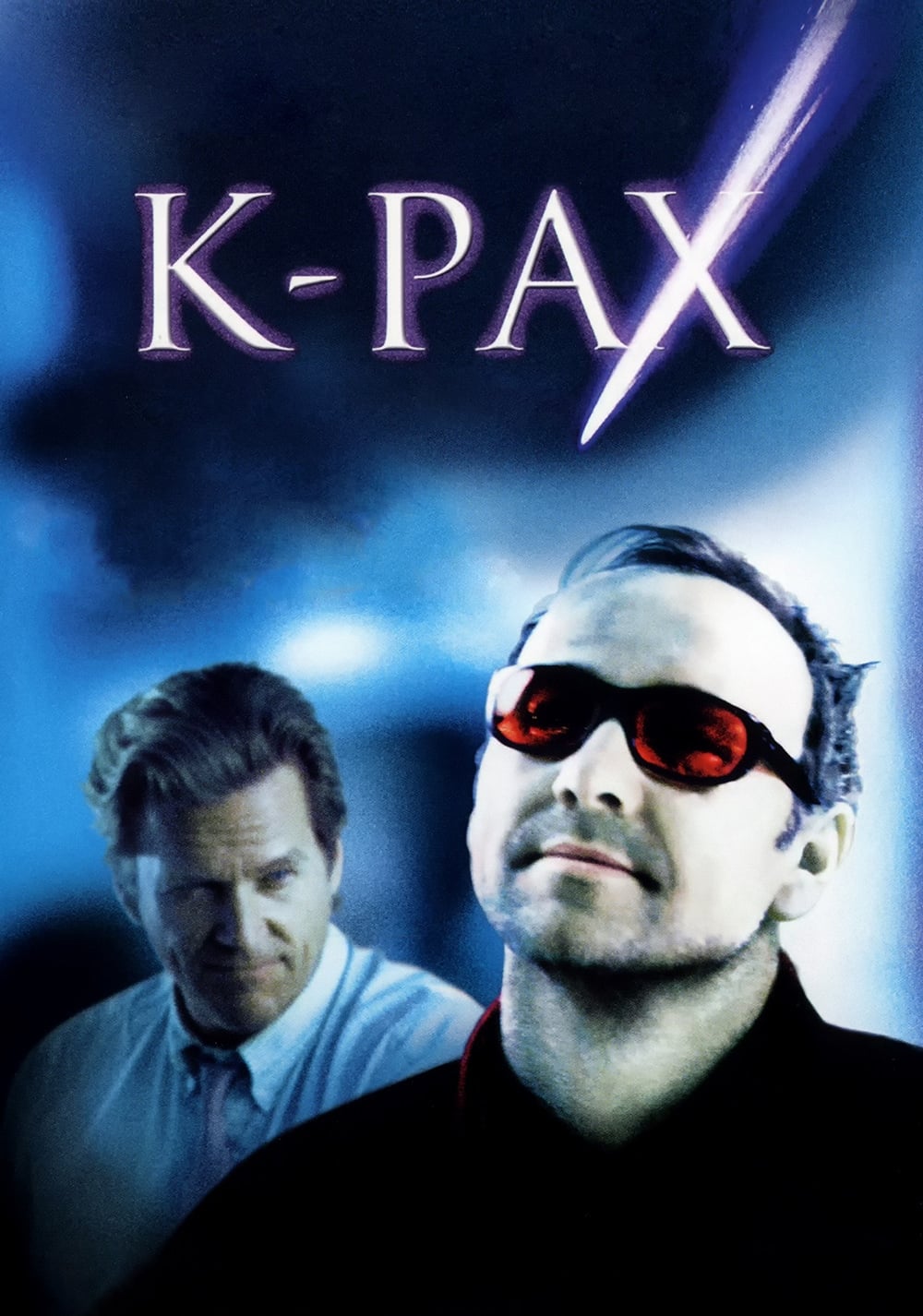
A psychiatrist is challenged by a patient who insists he’s an alien. As the doctor tries to disprove this claim, he becomes increasingly fixated on the case, even involving his family and letting the patient interact with other patients. This investigation forces the doctor to confront his own personal problems, and the line between professional evaluation and personal obsession becomes increasingly unclear.
‘Primal Fear’ (1996)

A lawyer defending an altar boy accused of a violent murder consults a neuropsychologist for an evaluation. The evaluation uncovers a past of abuse and indicates the possibility of dissociative identity disorder. The therapy sessions become key evidence in the ensuing trial, but it’s ultimately revealed the patient fabricated the entire diagnosis as a way to avoid conviction.
Please share your favorite examples of movie therapy sessions gone wrong in the comments.
Read More
- Deepfake Drama Alert: Crypto’s New Nemesis Is Your AI Twin! 🧠💸
- Can the Stock Market Defy Logic and Achieve a Third Consecutive 20% Gain?
- Dogecoin’s Big Yawn: Musk’s X Money Launch Leaves Market Unimpressed 🐕💸
- Bitcoin’s Ballet: Will the Bull Pirouette or Stumble? 💃🐂
- SentinelOne’s Sisyphean Siege: A Study in Cybersecurity Hubris
- Binance’s $5M Bounty: Snitch or Be Scammed! 😈💰
- LINK’s Tumble: A Tale of Woe, Wraiths, and Wrapped Assets 🌉💸
- ‘Wake Up Dead Man: A Knives Out Mystery’ Is on Top of Netflix’s Most-Watched Movies of the Week List
- Yearn Finance’s Fourth DeFi Disaster: When Will the Drama End? 💥
- Ethereum’s Fusaka: A Leap into the Abyss of Scaling!
2025-11-28 02:21